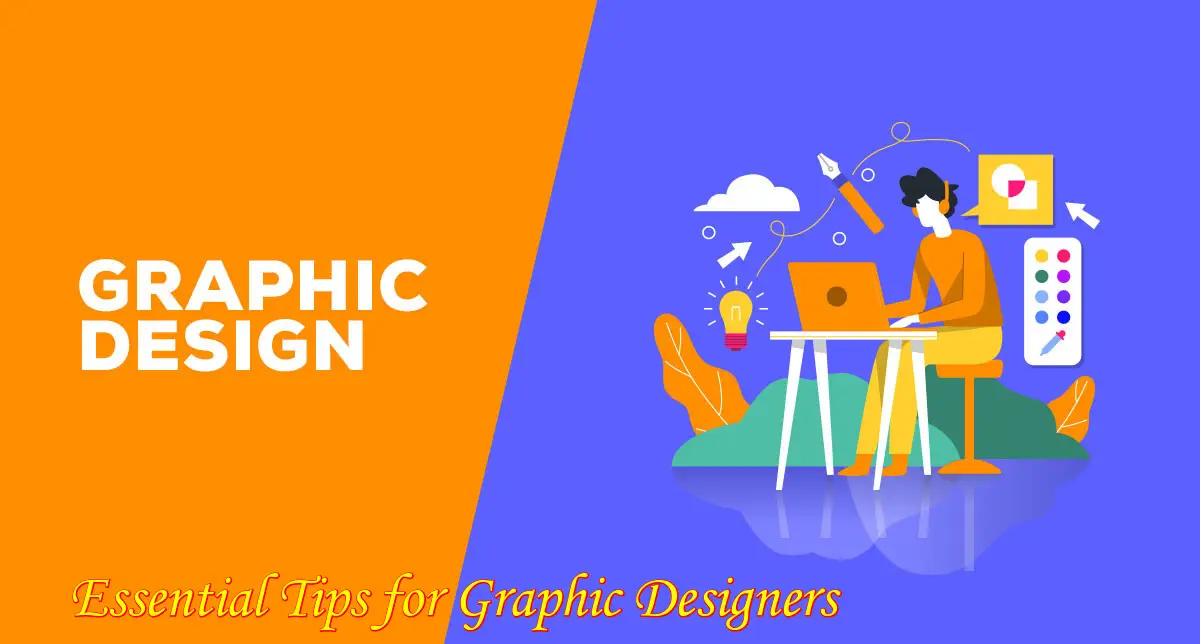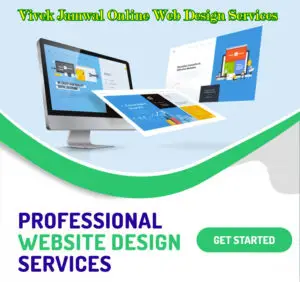10 Essential Tips for Graphic Designers
In the ever-evolving world of graphic design, staying ahead of the curve is essential for success. Whether you’re a seasoned designer or just starting your journey, these ten essential tips will help you refine your craft, stay inspired, and excel in your career.
1. Master the Fundamentals
Before diving into complex design projects, make sure you have a solid grasp of the basics. Understanding color theory, typography, and composition is crucial. These fundamentals are the building blocks of any great design. Spend time studying and practicing these elements to create visually appealing and effective designs.
Color Theory
Color can evoke emotions and convey messages. Learn about the color wheel, complementary colors, and how to create harmonious color palettes. This knowledge will help you make informed decisions about color usage in your designs.
Typography
Typography is more than just choosing a font. It’s about selecting typefaces that complement your design and convey the right tone. Understand the principles of hierarchy, kerning, and leading to create readable and aesthetically pleasing text.
Composition
A well-composed design guides the viewer’s eye and creates a balanced visual experience. Study the rule of thirds, symmetry, and the use of negative space to create harmonious layouts.
2. Stay Updated with Design Trends
The design world is constantly changing, with new trends emerging regularly. Keep an eye on design blogs, social media, and industry publications to stay informed about the latest trends. Incorporate these trends into your work to keep your designs fresh and relevant
3. Build a Strong Portfolio
Your portfolio is your calling card. It showcases your skills, style, and versatility. Include a variety of projects that demonstrate your range and expertise. Ensure that your portfolio is well-organized, easy to navigate, and visually appealing.
Curate Your Best Work
Quality over quantity is key. Select your best pieces that highlight your strengths and unique style. Tailor your portfolio to the type of clients or employers you want to attract.
Show Your Process
Include case studies or project breakdowns to provide insight into your design process. This helps potential clients understand your problem-solving skills and how you approach different projects.
4. Seek Feedback and Critique
Receiving constructive feedback is essential for growth. Share your work with fellow designers, mentors, or online communities to get different perspectives. Be open to criticism and use it to improve your designs.
5. Network and Collaborate
Building connections in the design industry can open doors to new opportunities. Attend design conferences, workshops, and networking events. Join online forums and social media groups to connect with other designers. Collaborating with others can also lead to creative breakthroughs and new skills.
6. Learn New Tools and Software
The design industry relies heavily on technology, and new tools and software are constantly being developed. Stay updated with the latest design software and learn how to use them effectively. This will not only enhance your skills but also make you more versatile and marketable.
Adobe Creative Suite
Adobe Photoshop, Illustrator, and InDesign are industry-standard tools. Mastering these programs will give you a competitive edge in the job market.
Explore Alternatives
There are many other design tools available, such as Sketch, Figma, and Affinity Designer. Explore these alternatives to find the tools that best suit your workflow and preferences.
7. Understand Your Audience
Designing with your audience in mind is crucial for creating effective designs. Research your target audience to understand their preferences, needs, and behaviors. This knowledge will guide your design decisions and help you create work that resonates with your audience.
User Personas
Create user personas to represent different segments of your audience. These personas will help you visualize your target users and design with their needs in mind.
User Testing
Conduct user testing to gather feedback on your designs. This can reveal usability issues and provide valuable insights into how your audience interacts with your work.
8. Keep Learning and Improving
The design industry is dynamic, and there’s always something new to learn. Invest in your professional development by taking courses, attending workshops, and reading design books. Continuously improving your skills will keep you competitive and inspired.
9. Manage Your Time Effectively
Time management is essential for meeting deadlines and maintaining a healthy work-life balance. Develop a schedule, set priorities, and break projects into manageable tasks. Use tools like project management software to stay organized and track your progress.
Set Realistic Goals
Set achievable goals for each project and allocate sufficient time for each task. This will help you avoid last-minute rushes and ensure high-quality work.
Take Breaks
Regular breaks are important for maintaining creativity and avoiding burnout. Step away from your work to recharge and return with a fresh perspective.
10. Stay Inspired
Inspiration can come from anywhere. Surround yourself with sources of inspiration, such as design blogs, art galleries, and nature. Keep a sketchbook or digital folder to capture ideas and references. Regularly exposing yourself to new experiences and creative works will keep your ideas flowing.
Follow Other Designers
Follow the work of other designers you admire. Analyze their designs to understand what makes them successful and incorporate those elements into your own work.
Explore Different Mediums
Experiment with different art forms, such as painting, photography, or sculpture. Exploring different mediums can spark new ideas and approaches to your design work.
Conclusion
Graphic design is a rewarding and challenging field that requires continuous learning and adaptation. By mastering the fundamentals, staying updated with trends, building a strong portfolio, seeking feedback, and networking, you’ll be well on your way to a successful career in graphic design. Remember to stay inspired, manage your time effectively, and always design with your audience in mind. With dedication and passion, you can turn your graphic design dreams into reality.









There Is 1 Comment
Eric Jones on 03 Aug, 2024
Dear vivekjamwal.in Administrator. my name’s Eric and for just a second, imagine this…
– Someone does a search and winds up at vivekjamwal.in.
– They hang out for a minute to check it out. “I’m interested… but… maybe…”
– And then they hit the back button and check out the other search results instead.
– Bottom line – you got an eyeball, but nothing else to show for it.
– There they go.
This isn’t really your fault – it happens a LOT – studies show 7 out of 10 visitors to any site disappear without leaving a trace.
But you CAN fix that.
Web Visitors Into Leads is a software widget that’s works on your site, ready to capture any visitor’s Name, Email address and Phone Number. It lets you know right then and there – enabling you to call that lead while they’re literally looking over your site.
CLICK HERE https://advanceleadgeneration.com to try out a Live Demo with Web Visitors Into Leads now to see exactly how it works.
Time is money when it comes to connecting with leads – the difference between contacting someone within 5 minutes versus 30 minutes later can be huge – like 100 times better!
Plus, now that you have their phone number, with our new SMS Text With Lead feature you can automatically start a text (SMS) conversation… so even if you don’t close a deal then, you can follow up with text messages for new offers, content links, even just “how you doing?” notes to build a relationship.
Strong stuff.
CLICK HERE https://advanceleadgeneration.com to discover what Web Visitors Into Leads can do for your business.
You could be converting up to 100X more leads today!
Eric
PS: Web Visitors Into Leads offers a FREE 14 days trial – and it even includes International Long Distance Calling.
You have customers waiting to talk with you right now… don’t keep them waiting.
CLICK HERE https://advanceleadgeneration.com to try Web Visitors Into Leads now.
If you’d like to unsubscribe click here http://advanceleadgeneration.com/unsubscribe.aspx?d=vivekjamwal.in
Comments are closed.